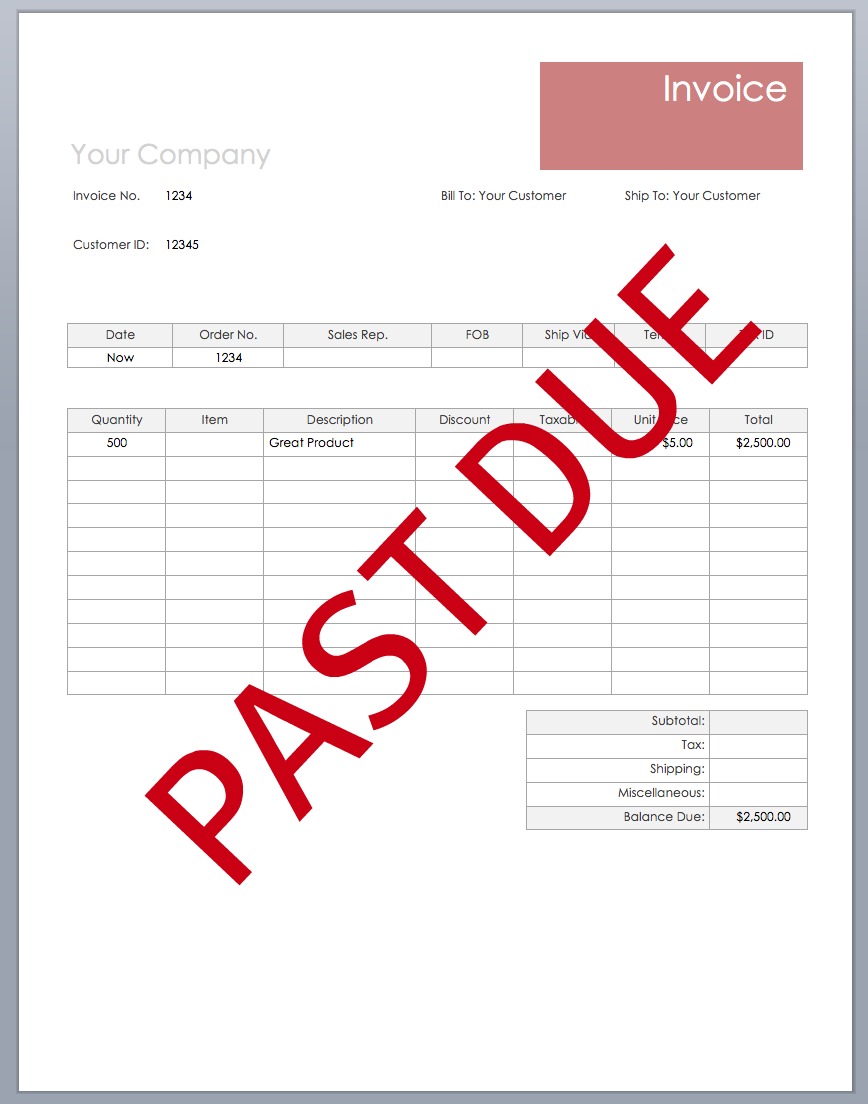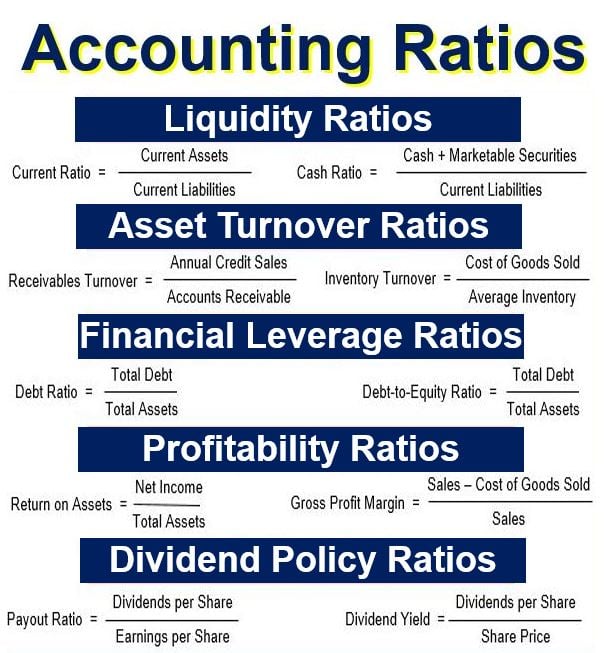

As usual, debits will be shown on the left and credits on the right. Debits and credits in an accounting journal will always appear in columns next to one another. Debits and credits must be recorded in a certain order in an accounting journal entry. Journal entries are created in accounting systems to record financial transactions. However, the account may be recorded as a credit if a company makes early payments or pays more than is owed. Debits in accounts payable might also result from discounts or product returns.Īccounts payable are considered a liability, which means they are typically recorded as a debit on a company's balance sheet. When a business uses credit to buy supplies, the transaction is recorded in accounts payable.Ĭonversely, a debit in accounts payable often results from cash being refunded to suppliers, reducing liabilities. However, accounts payable can also be considered a debit, depending on how you structure your chart of accounts.Ĭredit purchases are the most frequent source of credit in AP. Liabilities are usually recorded as a credit on your balance sheet. Accounts payable are often credited when an entity receives payment but debited when the company is released from its legal obligation to pay the debt.Īccounts payable are a type of liability, meaning they are a debt your company owes. Accounts payable is a liability hence any growth in that number is typically credited. In this case, accounts payable would be classified as a debit.ĭepending on the nature of the transaction, accounts payable may be recorded as a debit or a credit. On the other hand, when someone owes you money, it is considered to be a debit. This means that when money is owed to someone, it is considered to be credit.

To answer the question, accounts payable are considered to be a type of liability account. They are unsecured debts, meaning any security does not back them.Īn agreement between the firm and the seller may take the form of a contract or an agreement, and it is this document specifies the credit conditions to be applied.They are an example of a liability regarded as on the shorter end of the time spectrum.In most cases, payment is expected within 30 to 60 days after the invoice was issued. Accounts payable are assigned a date that must be paid by, beyond which the seller may begin to assess late penalties.When a payment is paid on time, the borrower is often exempt from paying interest on the loan.The following are examples of common aspects of accounts payable: However, accounts payable balances only include debts incurred due to normal business activities and interactions with outside vendors and suppliers. A business may incur these debts for a variety of reasons. A company's liability is the amount it owes on a debt it incurred in the past but has yet to pay. Their accounts payable are shown on their balance sheet after each fiscal year.Īccounts payable is a liability since it is a debt. The creditor is another term for a company's owed money.Ĭompanies that purchase credit from vendors often run up accounts payable balances. Therefore, the normal balance of accounts payable is negative.Ī company's accounts payable include any outstanding bills that need to be paid shortly. A debit balance in a payable account means that the company owes money, while a credit balance indicates that the company is owed money. The same principle applies to payable accounts.

Conversely, if a business has a credit balance in its asset account, it has more assets than liabilities and is owed money by others. If a business has a debit balance in its asset account, the normal balance of accounts payable, it owes money to someone. This ensures that the books are always balanced. A double-entry accounting system records each transaction as a debit and a credit. What Are Debits And Credits?ĭebit and credit are the two essential accounting terms you must know to understand the double-entry accounting system. To better understand AP, we must first know the basic concept of debits and credits. Understanding Accounts Payable: Is It A Debit Or A Credit? On a company's balance sheet, payables are recorded as a current liability. Accounts payable (AP) are short-term obligations that a company owes to its creditors or suppliers, but company has not yet paid for them.


 0 kommentar(er)
0 kommentar(er)
